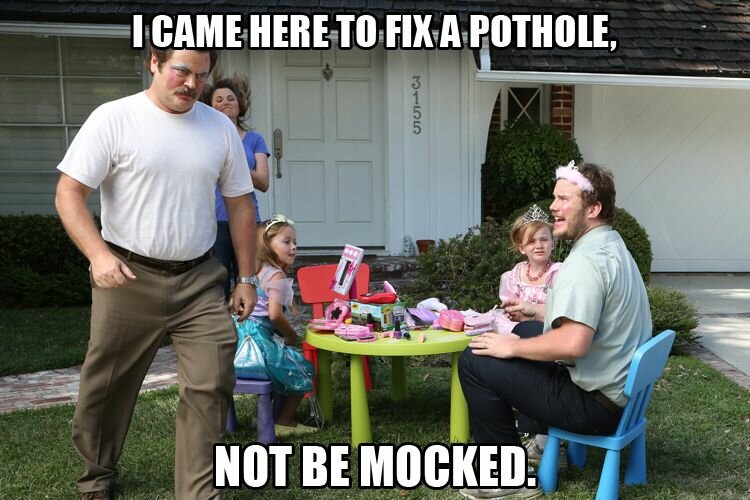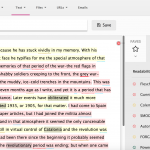About a year ago a coworker recommended I read The Health Gap, by Michael Marmot. It sounded interesting, but lingered on my “to read” list, until a few weeks ago. And now, wow. I recommend some books because they offer new and different information. Not this one. I recommend The Health Gap because Marmot says what everyone in healthtech and healthcare knows – but he backs it up with statistics and facts.
Here are a few of the key learnings that make The Health Gap worth a read.
1. Healthcare must consider generalizations (but not stereotypes)
Since the book discusses health inequities across countries, Marmot addresses the question “how can you make such generalizations” early on. His answer is insightful, and I’ve been quoting it since reading it.
You and I are unique. There has never been in the history of the planet another you or another me. Even if you have an identical twin, who is the same as you genetically, the two of you have somewhat different life experiences that mark each of you out as unique, However, if you thought that your uniqueness meant that we could not make any generalisations about you, I would advise against going to the doctor when you get sick. All she could say in that case would be that she had never seen another person quite like you; research data didn’t apply; treatment was out of the question. Your doctor doesn’t say that. She says people with your symptoms and signs have disease of the heart, or lungs, or toenails. We have good experience of treating people like you; we will therefore recommend the following. It turns out that the treatment has more or less the same effect on you as it has, on average, on the other unique individuals with the same medical condition that you have. You may be unique but you share characteristics in common with others of our species… and other species.
Michael Marmot, The Health Gap (Chapter 1)
In UX we often ask “how can we write something that applies to every audience?” I’ve never heard a more succinct answer: you are unique, and also there are people like you.
2. Behavioral genetics and population health are not at odds
Building on the earlier point, Marmot later addresses how behavioral genetics can show how different people are, while population health says groups of people are the same. Here, he answers a question I hadn’t even known how to ask.
My primary concern is the regular patterns of differences between countries and between social groups – why children from families of insecurely employed unskilled workers are less likely to do well than children from the families of well-paid professionals. Behavioural geneticists ask the question of why one person differs from another – why, if you have two children, they are so different, the one from the other.
Michael Marmot, The Health Gap (Chapter4)
3. Health is everyone’s job
Another area that comes up a lot in my work is the issue of “not my job”, or specialization. I’ve talked about this as an issue when content teams let perfect be the enemy of good. The key is in collaboration.
In Chapter 8 of The Health Gap, Marmot tells the story of the Merseyside Fire and Rescue Service, who decided to address prevention of house fires. They went to people’s homes, and learned why they didn’t have smoke detectors. If the issue was a leaky roof, they connected them to affordable home repair options. If the issue was smoking in bed, the recommended smoking cessation programs. “In effect, we became social workers,” the police chief said.
What I love about this is that no one asked permission. When something needs to be done, it doesn’t matter who does it.

4. Small steps are still steps
Lastly, Marmot reminded me that every step toward better health is a good step. With the past several years’ conversations around the value of a Covid vaccine booster, it’s good to have a reminder that small percentage improvements are still improvements. “Only good for 10 weeks” is still 10 weeks of protection. And while authors of behavioral economics textbooks debate if free malaria nets will be valued and used “enough” people are still dying of malaria because they don’t yet have malaria nets that could be given to them for free.
On a related note, though Marmot doesn’t specifically call it out, behavioral science plays a role here as well. The questions the economists ask focus around the best way to encourage adherence to public health policy recommendations. Will nets be used more if they’re given away for free, or if there’s a minimal (affordable) charge? These are questions to be explored, if they can be explored without making the preventive measure inaccessible.
Read The Health Gap
It’s been several years since I last recommended a book, but here we are again. If you work in healthtech, read The Health Gap. If you don’t work in health at all, but you care about the health of people in the world, check it out as well.


